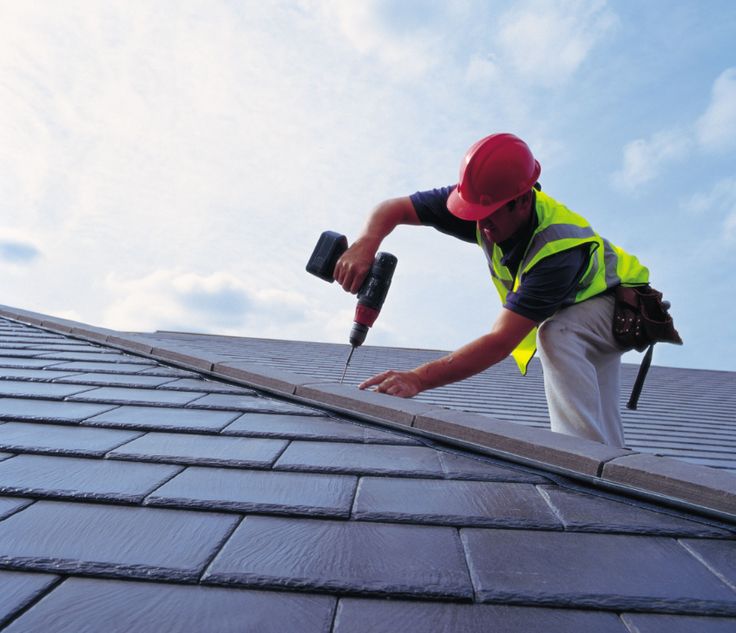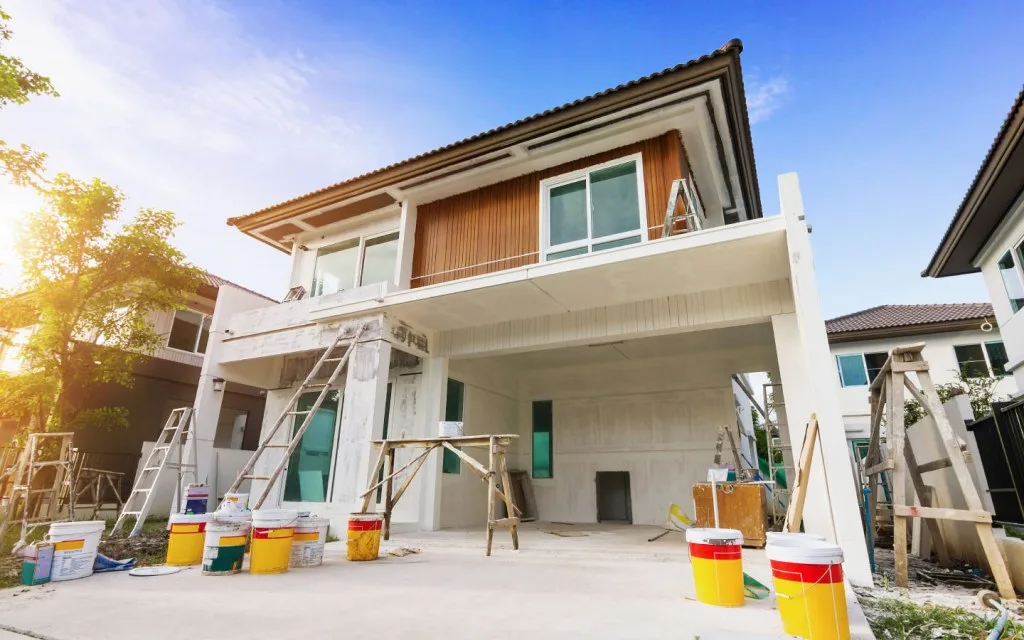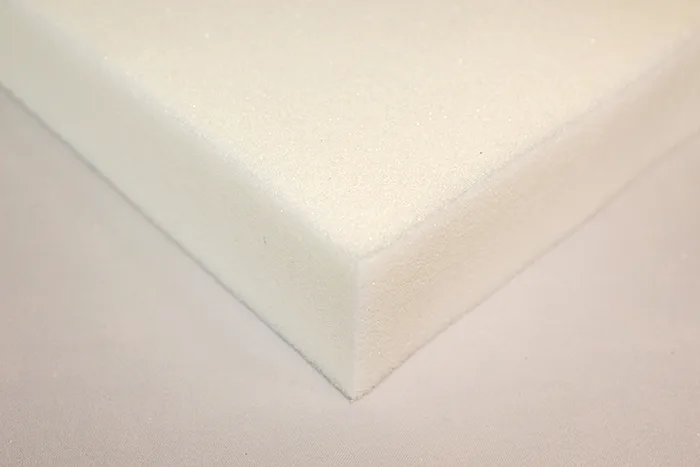When it comes to safeguarding your home, few things are as crucial as maintaining a sturdy and durable roof. Regular roof inspections play a pivotal role in identifying potential issues early, ensuring the longevity of your roof and protecting your property investment. A comprehensive roof inspection checklist is your essential tool in this process, guiding you through the steps necessary to keep your roof in optimal condition. In this article, we’ll delve into the key components of an ultimate roof inspection checklist, empowering you to take proactive measures in preserving the integrity of your roof.
Exterior Inspection
Shingles: Begin your inspection by carefully examining the condition of your shingles. Look for any signs of damage such as cracks, curling, or missing shingles. Pay close attention to areas where shingles may be loose or have lifted due to wind damage.
Flashing: Inspect the flashing around vents, chimneys, and skylights. Ensure that it is securely attached and free from any corrosion or gaps that could lead to water infiltration.
Gutters and Downspouts: Clear any debris from gutters and downspouts to prevent water buildup and potential roof damage. Check for any signs of sagging or damage to the gutter system.
Fascia and Soffits: Examine the fascia and soffits for signs of rot, decay, or pest infestation. Damaged fascia and soffits can compromise the structural integrity of your roof.
Interior Inspection
Attic: Enter the attic space to inspect the underside of the roof deck. Look for any signs of water stains, mold, or mildew, which could indicate a leaky roof. Ensure that attic ventilation is adequate to prevent moisture buildup.
Insulation: Assess the condition of insulation in the attic. Wet or compressed insulation can indicate a roof leak or inadequate ventilation.
Ceilings and Walls: Check the ceilings and walls of your home for water stains or discoloration, especially around the upper floors and near chimneys or skylights. These signs may indicate a roof leak that requires immediate attention.
Structural Inspection
Roof Structure: Inspect the overall structure of the roof, including trusses, rafters, and decking. Look for any signs of sagging, bowing, or damage that could compromise the integrity of the roof.
Chimneys and Ventilation: Ensure that chimneys are properly sealed and free from cracks or gaps. Verify that roof vents are clear of debris and functioning correctly to promote proper airflow and prevent moisture buildup.
Gutters and Eaves: Check for signs of water damage or rot along the eaves and under the roof edges. Damaged gutters or eaves can lead to water infiltration and structural damage over time.
Professional Inspection
Schedule Regular Inspections: While DIY inspections are valuable, consider scheduling professional roof inspections at least once a year or after severe weather events. A qualified roofing contractor can provide a thorough assessment and identify any issues that may require repair or maintenance.
Documentation: Keep detailed records of all roof inspections, repairs, and maintenance activities. This documentation can be invaluable for insurance claims and resale purposes.
Conclusion
A thorough roof inspection is a proactive measure that can save you time, money, and headaches in the long run. By following the ultimate roof inspection checklist outlined above and addressing any issues promptly, you can ensure the longevity of your roof and protect your home from potential damage. Remember, when it comes to your roof, prevention is always better than cure.
Here is another article on roof inspection
FAQs
Q: How often should I inspect my roof?
A: It’s recommended to conduct a roof inspection at least twice a year, preferably in the spring and fall. Additionally, inspect your roof after severe weather events such as storms or heavy winds.
Q: Can I perform a roof inspection myself, or should I hire a professional?
A: While DIY roof inspections are possible, hiring a professional roofing contractor ensures a more thorough assessment. Professionals have the expertise and equipment to identify potential issues that may be overlooked by untrained individuals.
Q: What should I do if I discover damage during a roof inspection?
A: If you notice any signs of damage during a roof inspection, such as missing shingles or water stains, it’s essential to address them promptly. Contact a reputable roofing contractor to assess the extent of the damage and recommend appropriate repairs.
Q: How can I prolong the lifespan of my roof?
A: Regular maintenance, including inspections, gutter cleaning, and timely repairs, is key to prolonging the lifespan of your roof. Additionally, ensuring proper attic ventilation and insulation can help prevent moisture-related issues that contribute to roof deterioration.



